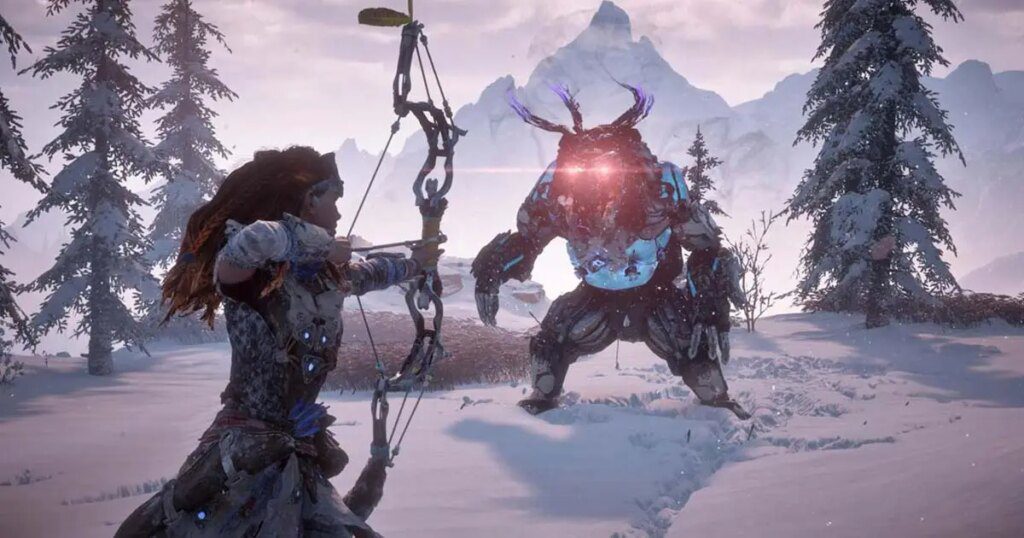The video game industry is set to generate over $159 billion in revenues by 2020. The development process for games is complex and often overlooked. To conceptualize the game, designers focus on creating a general idea of the game and brainstorming ideas. At the prototype stage, game developers create a playable version of the game idea to test and refine game mechanics. The pre-production stage involves creating detailed game mechanics, character designs, and asset lists. During production, game developers work together to create the game’s assets, programming, and mechanics. Testing and polishing will follow to ensure a high-quality product before release.
Introduction:
In recent years, the gaming industry has grown to become a significant player in the entertainment industry. According to recent statistics, the video game industry is on track to generate over $159 billion in revenues by 2020, indicating its importance in driving economic growth. However, while gamers focus on enjoying the final product, the development process for games is a complex and often overlooked aspect of game design. In this article, we aim to take a look behind the scenes of game design and the development process of creating the games we enjoy.
Conceptualizing The Game:
The first step of game development is conceptualizing the game. At this stage, the game designers focus on creating a general idea of what the game will be about. This involves brainstorming ideas, creating game mechanics, storylines, and objectives. Designers will also consider the target audience as well as the overall vision of the game.
Prototyping:
Once the initial ideas and game mechanics are established, game developers will then create prototypes. Prototyping is a critical stage in the development process, and it typically involves creating a playable version of the game idea. This will help to test and refine the game mechanics and identify any issues that may arise.
Pre-Production:
With a functional prototype of the game, the game development team will then move into pre-production. This stage is essential to ensuring that the game design is well thought out before any significant resources are invested in the development of the game. Pre-production may include creating in-depth documentation of the game, storyboards, character designs, detailed game mechanics, and asset lists.
Production:
Once pre-production is complete, and the team is satisfied with the game’s design, the actual game development process can begin. At this stage, the game developers work together, using the pre-production stage documents as a guide, to create the game’s assets, programming, and mechanics.
Testing:
As the production phase progresses, the developers will continually test the game, identifying any bugs or issues that need to be fixed before the game’s release. Testing usually involves creating a test version of the game that simulates real-world situations and scenarios that players may experience.
Polishing:
Once the testing phase is complete, the developers will move on to the polishing stage. This phase involves refining the game mechanics, improving graphics, optimizing gameplay, and fine-tuning the game’s performance, so that it is as enjoyable and engaging as possible.
Release:
Finally, the game is ready for release. However, before releasing it, the developers will ensure that the final product is of a high standard to provide an extraordinary gaming experience. They will also consider marketing campaigns to promote the game and ensure that it reaches the target audience.
Conclusion:
Creating a video game is no small feat, and it takes a lot of effort, time, and resources to bring a game idea from concept to release. By going behind the scenes of the game design process, we can appreciate the hard work and dedication that go into creating some of the incredible games we have today. From conceptualizing and prototyping, to pre-production and production, right up to testing and polishing, the various stages that make up the game development process are all essential to creating an enjoyable gaming experience.
